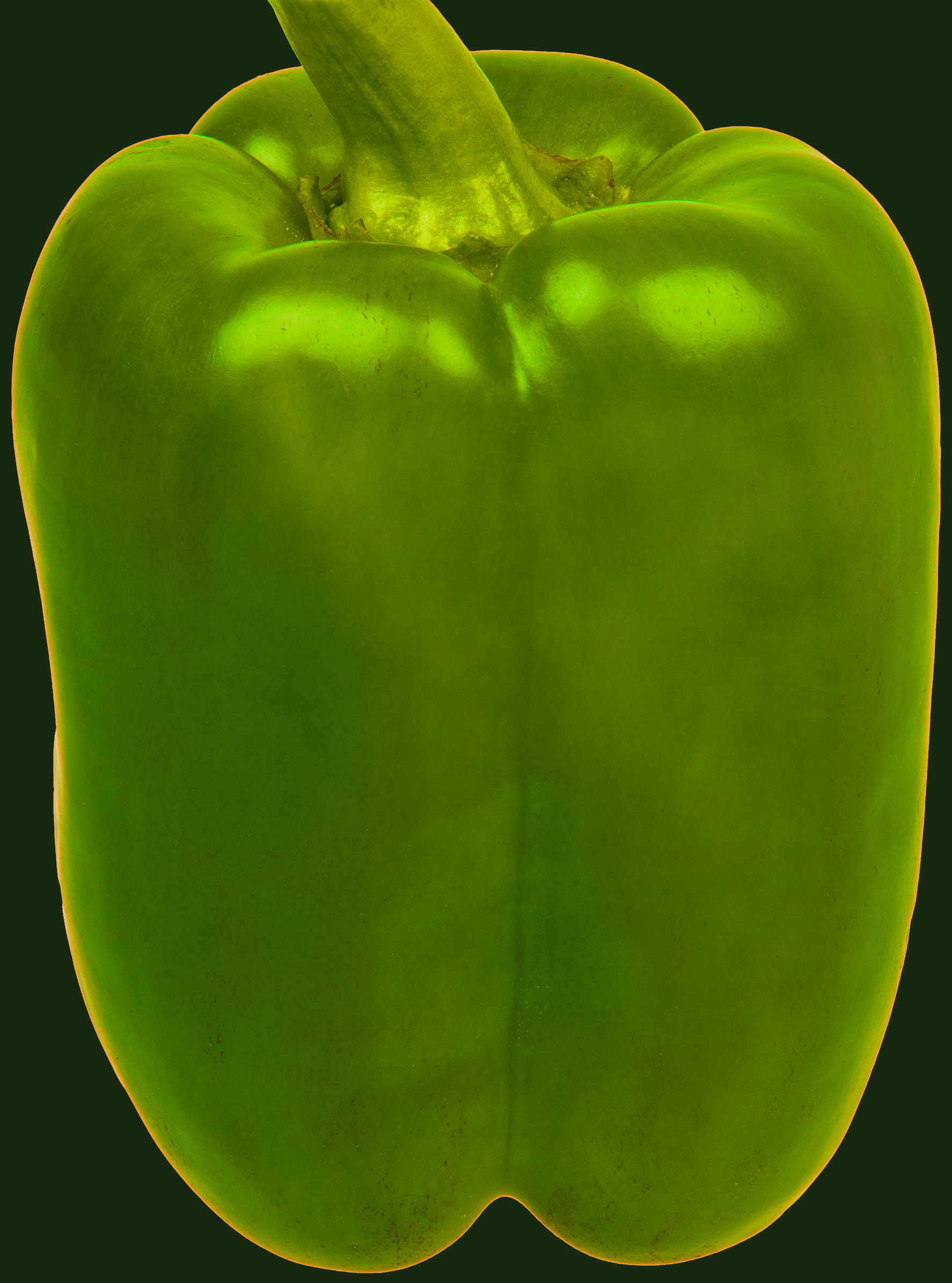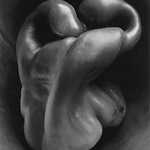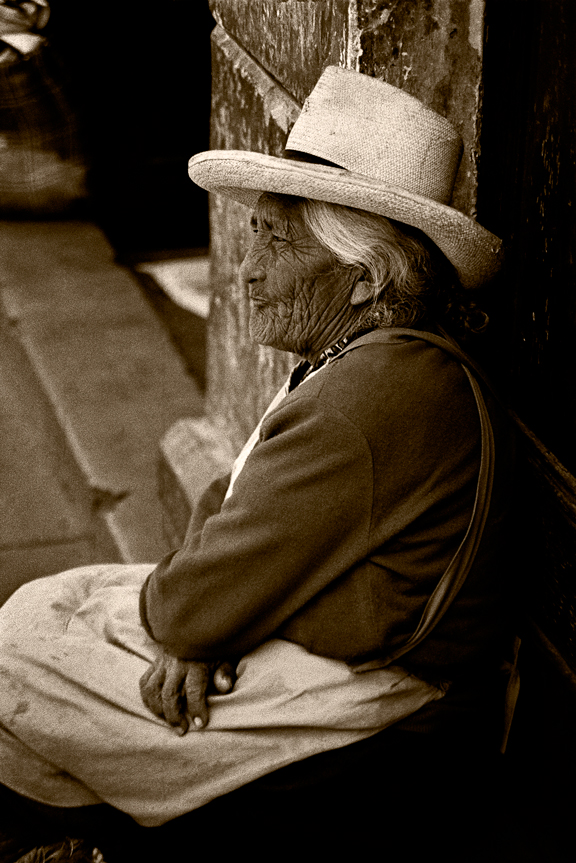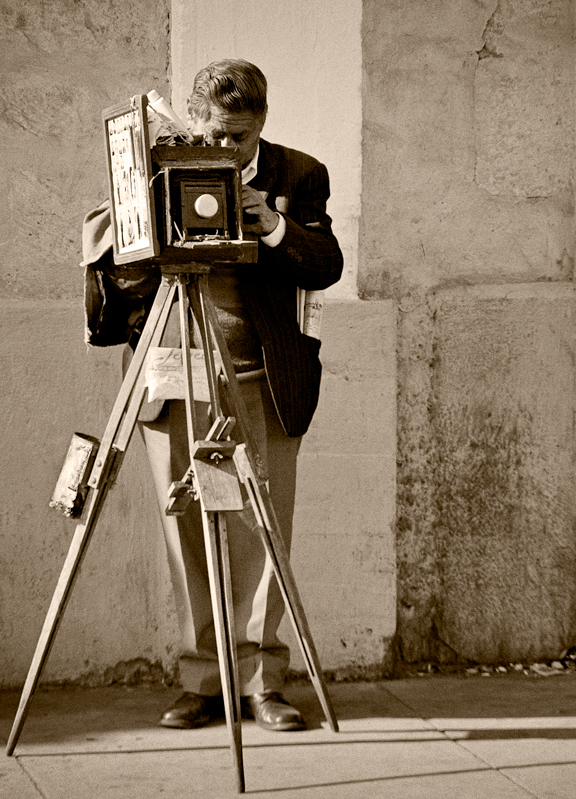Million Dollar Motel Wallpaper
Something About This Really Stinks
Within photographic circles, there has been a whirlwind on the internet over the last few days. It involves a recent claim of having set a record for “world’s most expensive photograph”.
Ignoring for the moment the many loudly clanging alarm bells set off by this claim, alarm bells that make one want to demand an immediate investigation, I prefer to address the fact that the mere making of such a claim, true or not, shines a spotlight on everything that is most despicable about the art world in its present incarnation and the egregious ignorance of the public with regard to art in general and fine art photography, in particular.
Art Is NOT About Cashing In!
Where did this idea come from that art and artists are all about the big payoff? Why do people buy into this nonsense? This is not a variation of Lotto, with paint! Art is not a euphemism for worldwide casino. The idea of artists is not to see how much money you can make. It is a race to see how much good work you can produce, before you die! In fact, most artists are so disinterested in money that it makes it very difficult for them to afford the materials needed to create their art in the first place.
In my entire career, no conversation with another artist ever began with, “How much money did you make last month?” And I have never met an artist who reported having such an exchange, either. We care about money only to the extent that it allows us to continue to work.
These get rich concepts do not occur to artists and are not part of the real art world. They are part of the faux art world created by promoters and gallery owners. The one designed to relieve fools of their money, especially rich fools who have never read, The Emperor’s New Clothes.
Let me make sure I get this point across…
No real artist cares in the slightest about holding the record for most expensive, “anything at all”! It would never occur to an artist to issue a press release about something so meaningless. That sort of concept is foreign to an artist, senseless. It is no more rational than tweeting about the color clothing worn on that day. It is the art that matters, not the money! Money to an artist is simply a tool that makes it easier to produce more art. This doesn’t mean artists don’t think about money. They do. Mostly because they don’t have any. It means that money does not hold a position of importance in their lives, like it does for so many others. This does not arise from any feeling of superiority. It comes as the result of a highly-focused, single-purpose life where money is simply the vehicle that brings more materials and staves off eviction for another month.
The public, and a shamefully large percentage of the art world, apparently believe that artists are driven to produce new work out of a desire to one day strike it rich. No doubt they believe the lucky artists who do win the art world lotto will retire to a tropical island the next day. What a great seg-way into…
Public Ignorance is Staggering!
I’ve said this before, but it bears repeating. Most of the public believe that a fine art photograph is simply a technically superior, much larger, more gaudy, more saturated, better composed, but otherwise identical version of their own national park vacation pictures. They see absolutely nothing in a photograph that wasn’t in front of the camera at the time the photograph was snapped!
To most, there is no detectable difference between the two photographs shown below, save color and contour. The fault for this public defect must be laid at the feet of fine art photographers themselves. The public isn’t educated, because we didn’t bother to do it! And truth be known, many so-called fine art photographers don’t see a difference, either!


This is the one and only possible explanation for the fact the public so readily believes a ludicrous fairy tale told by a so-called fine art photographer marching down the street ahead of a brass band, proclaiming himself the greatest this, the biggest that, or the highest priced fill-in-the-blank (with the rude reference of your choice). Such a photographer is a perfect match for an ignorant public, because he too is incapable of seeing anything but the literal. He is the day-glo orange paint to their Elvis on black velvet.
An ignorant public is an easily fooled public, and there will always be charlatans who will claim that a dead fish floating in formaldehyde is art. Just as there will always be a wealthy person foolish enough to pay millions of dollars for it.
I would like to think there are no photographers on that same level, but I cannot find rose colored glasses that heavily tinted. I do hold out hope, and strongly suspect, there actually was no rich fool and that this is a case of complete fabrication. If the rich fool does exist, I sincerely hope that instead of paying cash, he traded a Kinkade painting. Then both parties will have received fair value.
dk


